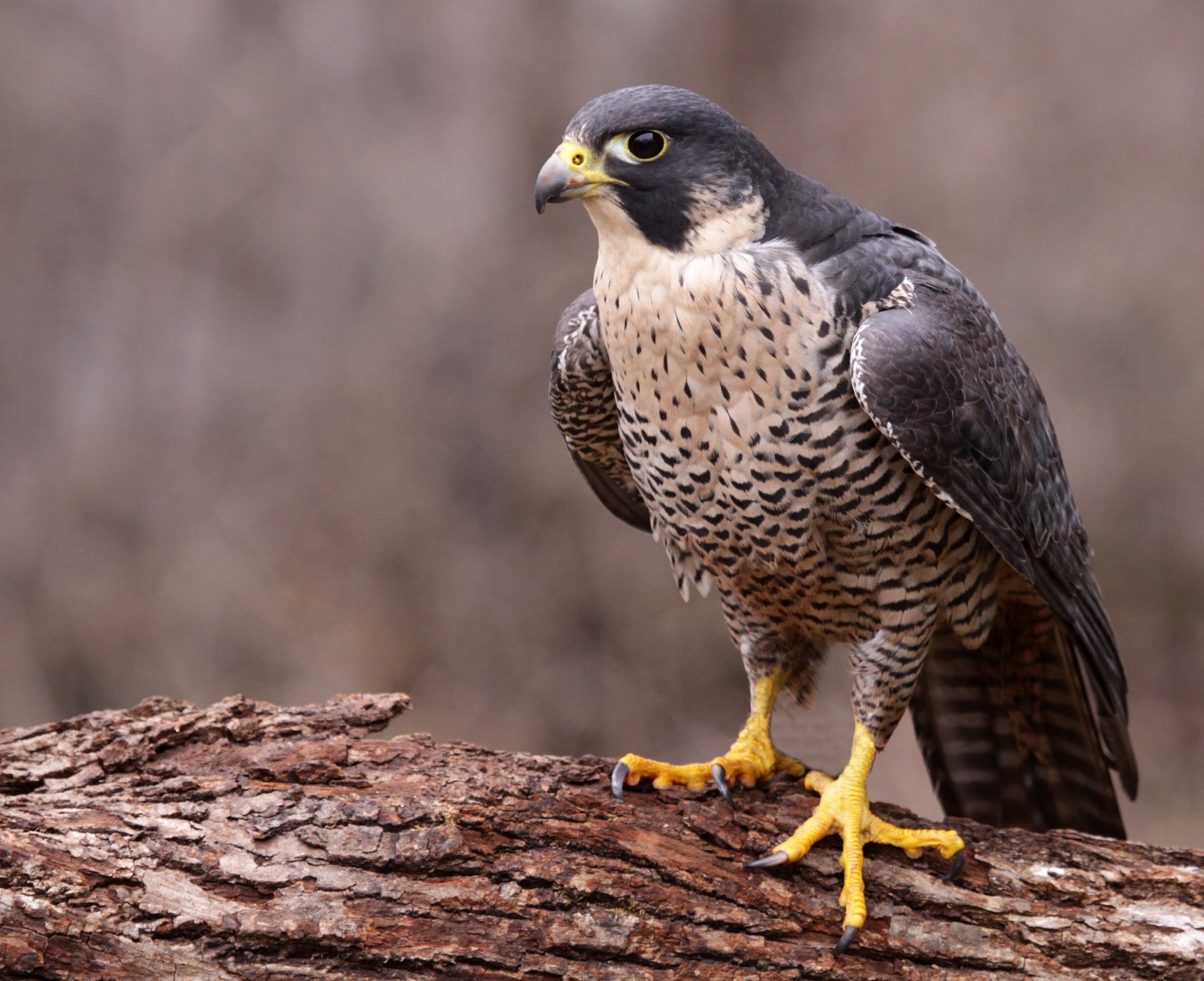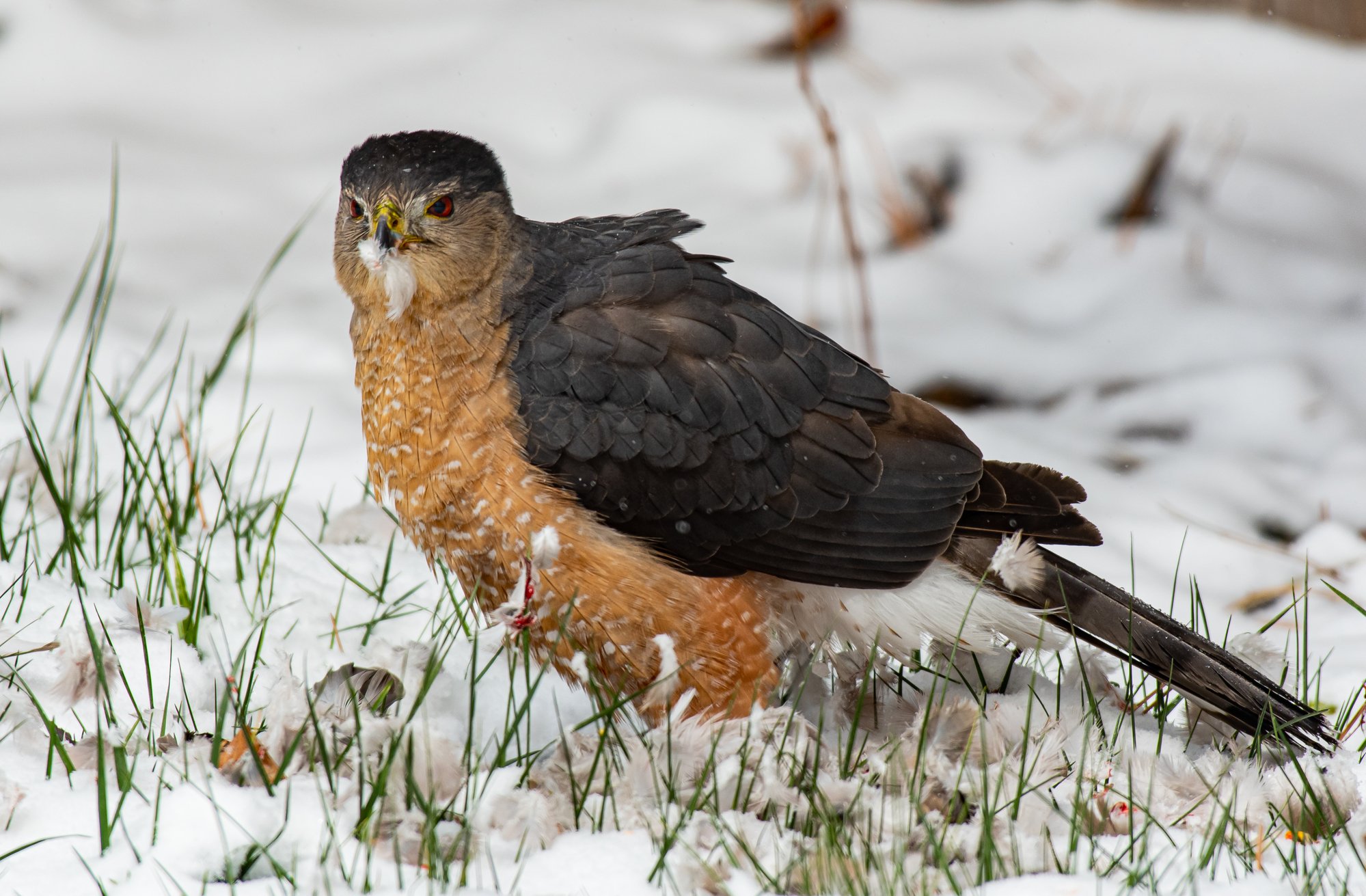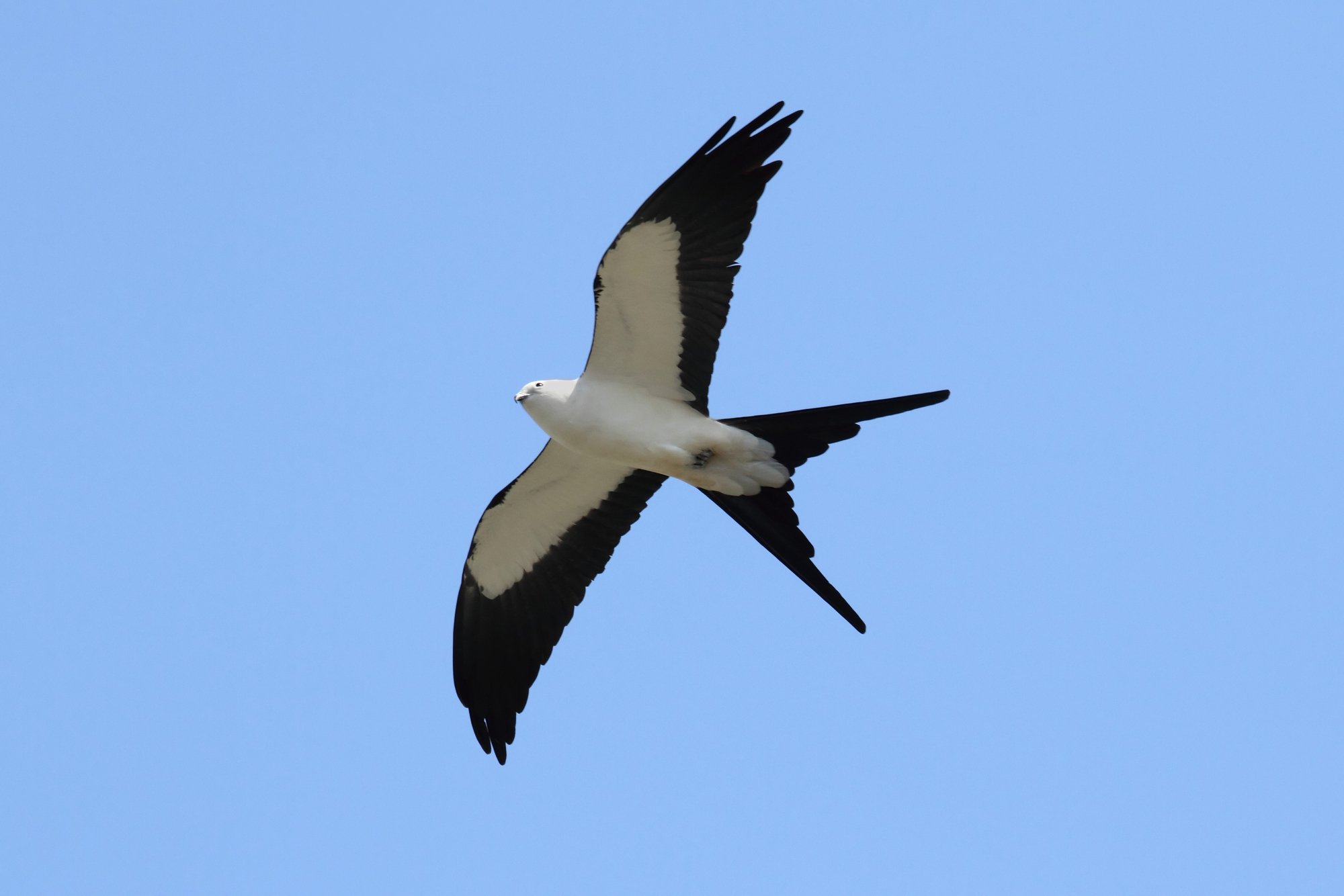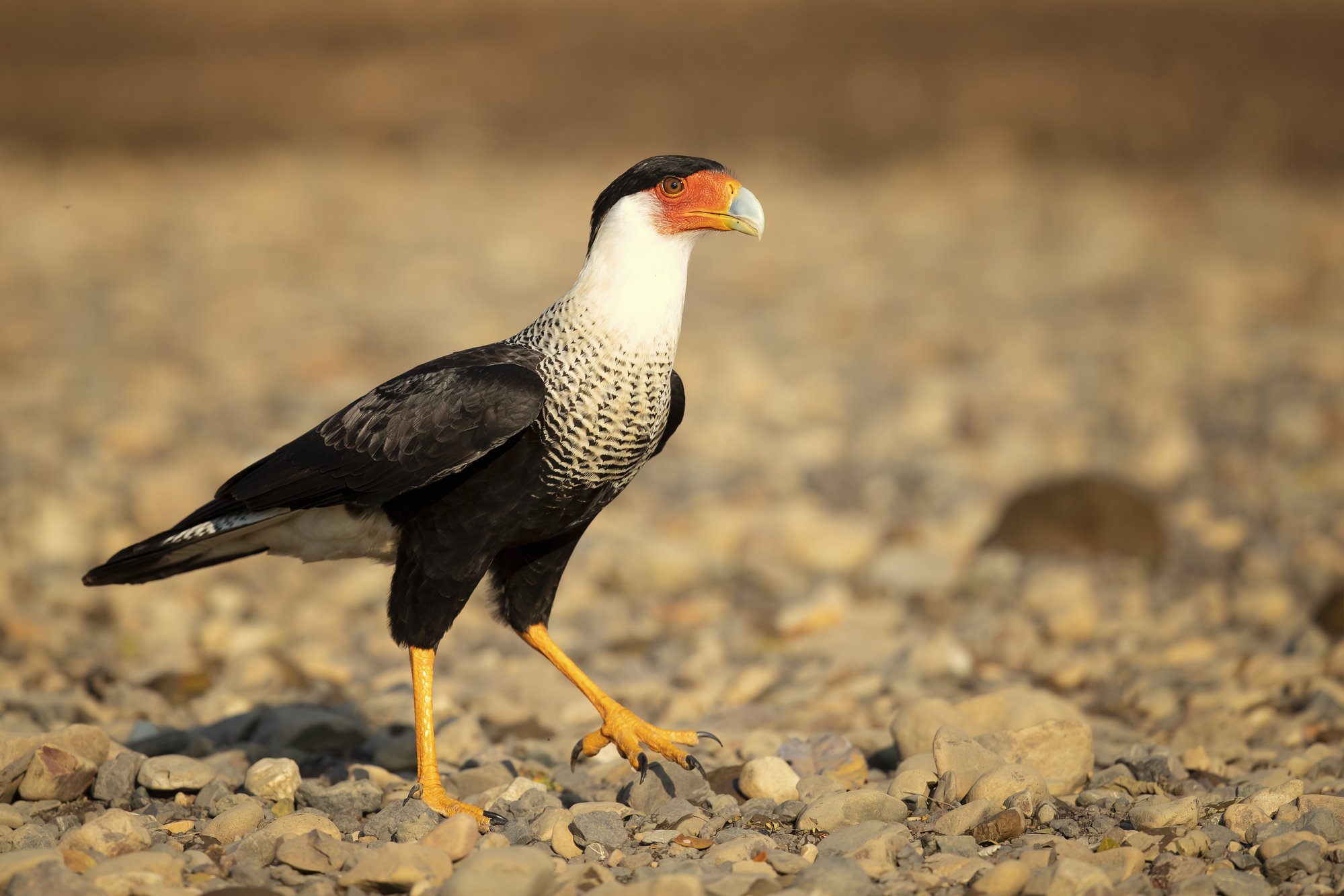April is almost upon us and depending on where you live, the spring hawk migration is either in full swing or just ready to start. In this post, I will help you identify hawks by showing you what field marks to keep an eye out for and tips on how to find and see hawks. Oh, and you don’t need an eagle-eye to find them.
Peregrine Falcon
Types of Hawks
All hawks are not the same. There are several families of hawks and each has their unique characteristics, either behavioral or physical, which can aid in the identification of the hawks you see. The differences that you will want to look for are wing shape, body shape, body coloration, streaking, tail color and tail banding. Let’s take a look at the major families we find in the U.S.
Eagles
Bald Eagle
Golden Eagle
Eagles are the largest raptors in the US. The two species are the Bald Eagle and the Golden Eagle. The Bald Eagle is making a fantastic comeback from very low populations. They have become a common sight in areas where they would have been considered rare.
Osprey
The osprey is a fish eater and is usually seen near bodies of water. It is fairly common in its range and can be easily identified in the air with its dark back, white belly and dark eye band. The nest is also very identifiable being a gathering of large sticks at the top of a dead tree, telephone poles or osprey nesting structures placed there for conservation.
Buteos
Harris Hawk
Red-tailed Hawk
Buteos are fairly large hawks with broad rounded-edge wings and broad tails. If you’ve seen “a hawk”, you’ve probably seen birds of this family. The most common is the red-tailed hawk, which can be found over a wide area of the U.S. in different plumage forms.
Accipiters
Cooper’s Hawk
Northern Goshawk
The accipiters are the fast-flying birds of prey that will easily prey on other birds. If I were a bird, I would not want to encounter a Cooper’s hawk. I have seen them fly into a stand of trees going full speed, go through the trees at a high rate of speed and exit still chasing the bird at nearly the same speed as when it entered. I have seen them in my backyard along with the few remaining feather remains of a mourning dove. These birds will have rounded wings, longer narrower tails and are smaller than the buteos. Their flight pattern is different with several quick wing beats and glides versus the buteo with flapping and prolonged soaring.
Kites
Swallow-tailed Kite
Snail Kite
Kites are slim and trim narrow winged birds of prey found predominantly in the southern areas of the U.S.
Falcons and Caracaras
American Kestrel
Crested Caracara
Falcons are raptors with pointed wings and are quick flyers. Kestrels will hover over possible prey while the Peregrine is the fastest diving bird.












